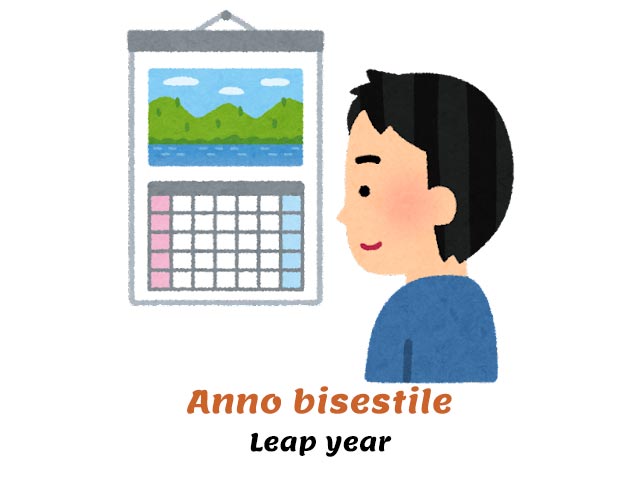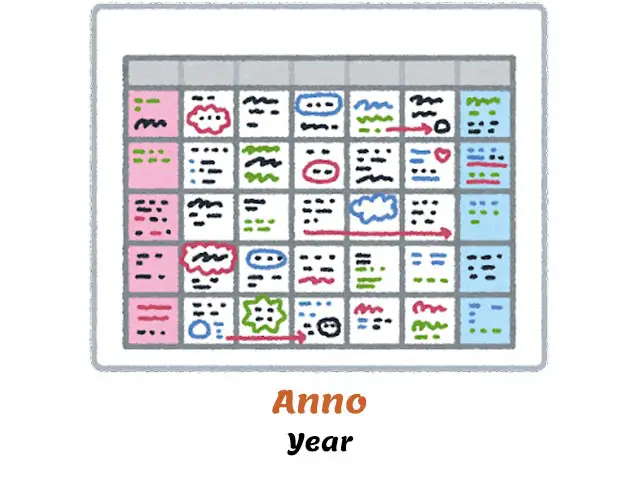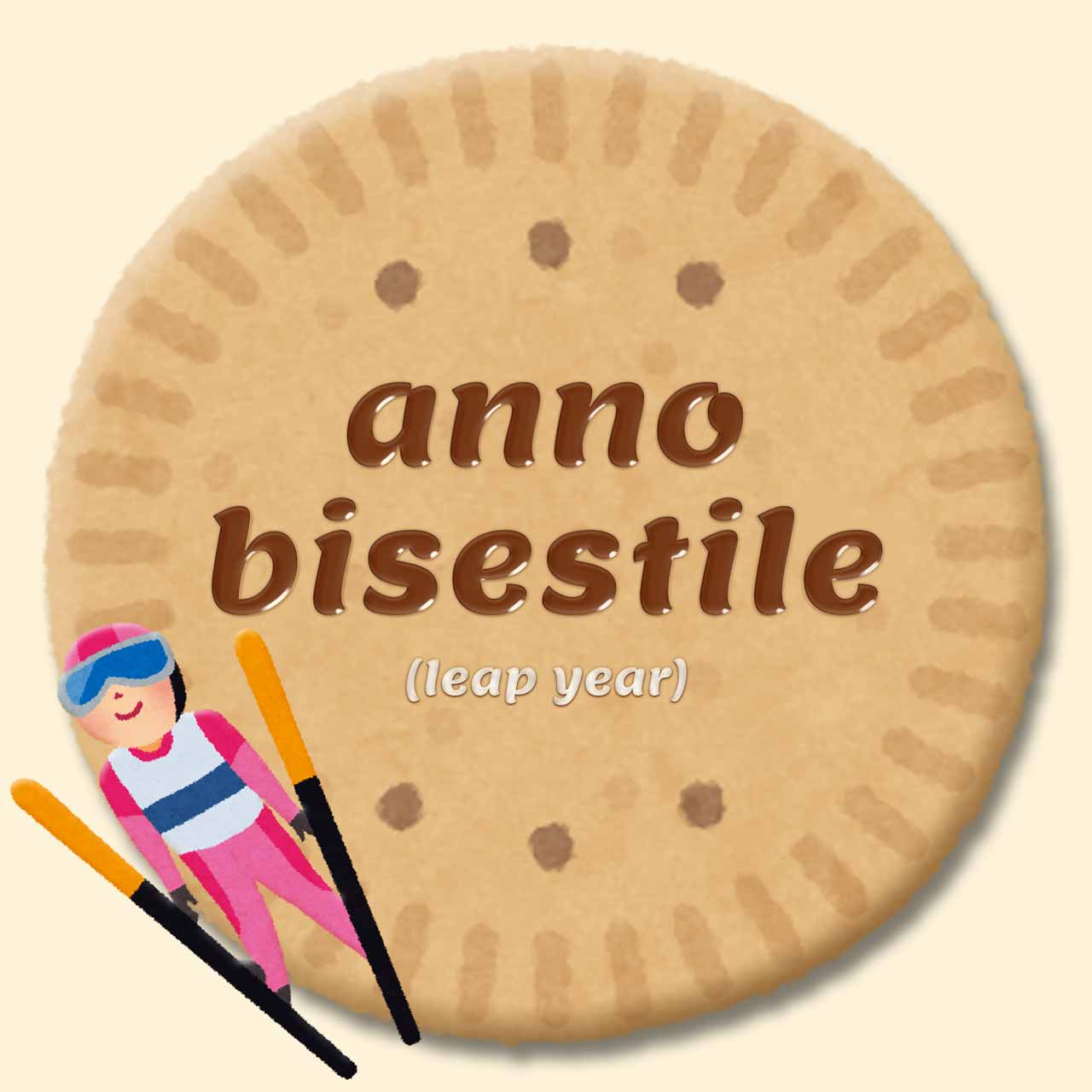How do you translate leap year in Italian?
In this lesson, we’ll take a look at this very expression, also known as collocation, and even mention a few words you can use along with anno to expand your Italian vocabulary.
Let’s get started! Iniziamo!
Leap year in Italian
First of all, let’s translate leap year in Italian.
Anno bisestile
Leap year

Leap year in Italian – Let’s break it down!
Anno bisestile is made up of two words.
Anno
Year
Bisestile
(no direct translation into English)
What’s an anno bisestile? It’s a year with an extra day (added as February 29th, 29 febbraio), that occurs every 4 “regular” years.
This is done because a seasonal year (or astronomical year, the time it takes for the Earth to revolve once around the Sun) is actually a little longer than 365 days sharp. It is about 365 days + 6 hours. So every 4 years, you’ll have to add one day to keep up with the Earth’s movements.
Quando sarà il prossimo anno bisestile?
When is the next leap year?
Sono nato il 29 febbraio.
I was born on February 29th.
Anno
We said that the translation for leap year in Italian is anno bisestile. Anno is a masculine noun. It is often followed by a descriptive adjective.
Un anno
A year
Degli anni
Some years
L’anno
The year
Gli anni
The years

What kinds of anno are there in Italian? Let’s see some.
Anno accademico
Academic year
Anno luce
Light year
Anno sabbatico
Sabbatical (year)
For example, you could say:
L’anno accademico sta per finire.
The academic year is coming to an end.
Quanti chilometri ci sono in un anno luce?
How many kilometers are there in a light year?
Voglio prendermi un anno sabbatico per vedere il mondo.
I want to take a sabbatical year to see the world.
Title: Italian All-in-One For Dummies
Language: English / Italian
Publisher: For Dummies
Pages: 672
Learn to speak Italian like a native? Easy.
Italian All-in-One For Dummies appeals to those readers looking for a comprehensive, all-encompassing guide to mastering the Italian language. It contains content from all For Dummies Italian language instruction titles, including Italian For Dummies, Intermediate Italian For Dummies, Italian Verbs For Dummies, Italian Phrases For Dummies, Italian Grammar For Dummies, and Italian For Dummies Audio Set.
Bisestile
Bisestile is an adjective that has no other use in Italian except for accompany “year”. This is very different from English, where leap is both a noun and a verb and can be used in many other contexts.
It comes from the Latin word bisextilis, which literally means “that which has the sixth day twice”. This is because the Romans counted the 6th day prior to the Kalends of March twice during each leap year. It wasn’t until the Julian calendar reform that we began the practice of adding an extra day after February 28th.
Bisestile has only two forms because adjectives ending in -e in Italian remain unchanged for both genders, but must agree with the number (singular/plural) of the noun they describe.
| Singular | Plural | |
| Masculine | Bisestile | Bisestili |
| Feminine | Bisestile | Bisestili |
For example, you could say…
Quanti anni bisestili ci sono stati dal 1800 a oggi?
How many leap years have there been from 1800 to the present?
There is also a very popular Italian saying that goes anno bisesto, anno funesto.
There’s a superstition in Italy that leap years bring bad luck. This proverb can be literally translated as “leap year, unlucky year”. Bisesto is a less common synonym for bisestile and it’s used here to rhyme with funesto, which can be translated as “baleful” or “ominous”.
Anno bisesto, anno funesto
“Leap year, ominous year”

Leap year in Italian – Examples
Un anno bisestile è composto da 366 giorni.
A leap year consists of 366 days.
È vero che gli anni bisestili portano sfortuna?
Is it true that leap years bring bad luck?
Il 2024 sarà un anno bisestile.
2024 will be a leap year.
Want more?
Now that you know how to say leap year in Italian, help Lingookies grow with a like!
Now that you’ve seen how to say leap year in Italian, you might want to keep learning Italian online with these free Italian resources:
❤️ If you liked this Lingookie, share it with your social media friends who are also studying Italian!




